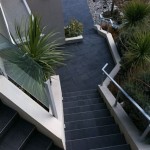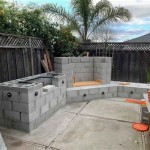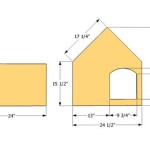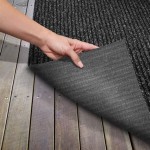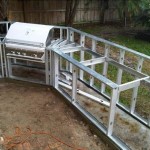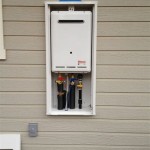Essential Aspects of Outdoor Drinking Water Fountains for Schools
Outdoor drinking water fountains play a crucial role in the health and well-being of students. Here are essential aspects to consider when installing or selecting these fountains to ensure optimal hydration and a healthy school environment:
1. Accessibility and Convenience
The fountains should be easily accessible to all students, regardless of their height or mobility. Install fountains at various heights to accommodate children of different ages. Consider placing them in high-traffic areas, such as playgrounds, sports fields, and school entrances.
2. Water Quality and Safety
The water supplied by the fountains must meet or exceed drinking water standards. Regular testing and maintenance are essential to ensure water quality and prevent potential contaminants. Opt for fountains with built-in filters or purification systems to provide cleaner and safer drinking water.
3. Durability and Vandal Resistance
School environments can be demanding. Fountains designed with durable materials, such as stainless steel or cast iron, can withstand heavy use and potential vandalism. Choose vandal-resistant features like anti-tamper screws and sturdy construction to prevent unauthorized modifications or damage.
4. Bottle Filling Stations
To encourage students to stay hydrated, consider including bottle filling stations in the fountain design. These stations allow students to easily fill reusable water bottles, reducing plastic waste and encouraging sustainable practices. Look for fountains with built-in bottle fillers to provide quick and convenient hydration options.
5. Aesthetics and Design
The fountains should complement the school's architecture and landscape. Choose designs that are aesthetically pleasing and visually appealing. Consider options with color finishes or decorative elements that enhance the school's aesthetics. Additionally, ensure the fountains are properly illuminated for nighttime visibility.
6. Maintenance and Hygiene
Regular maintenance is essential to keep the fountains in good working order. Establish a maintenance schedule that includes cleaning, disinfection, and filter replacement. Provide clear instructions near the fountains on how to report any issues or concerns to ensure prompt attention.
7. Energy Efficiency and Environmental Impact
Consider energy-efficient fountain models that reduce water consumption and save energy. Choose low-flow fountains or models with motion sensors to control water flow. Additionally, opt for fountains made from recycled materials or with sustainable manufacturing practices to minimize environmental impact.
Conclusion
Outdoor drinking water fountains are a vital part of a healthy school environment. By carefully considering the aspects discussed above, schools can ensure that their students have access to clean, safe, and easily accessible drinking water. These fountains promote hydration, reduce plastic waste, and create a more sustainable and healthier school community.

Concrete Outdoor Drinking Water Fountain

Contemporary Dual Level Outdoor Drinking Fountain

Outdoor Drinking Fountain With Bottle Filler Haws Co

3121fr Outdoor Vandal Resistant Freeze Concrete Pedestal Fountain Haws Co

Outdoor Drinking Fountain Pf450 Urban Fountains And Furniture Metal For Public Spaces School

Outdoor Drinking Fountain With Bottle Filler Haws Co

Approved Outdoor Drinking Water Fountains For

Outdoor Drinking Water Fountains

Haws 3177fr Stone Aggregate Freeze Resistant Outdoor Drinking Fountain Drinkingfountaindoctor Com

Outdoor Drinking Water Elkay
Related Posts

